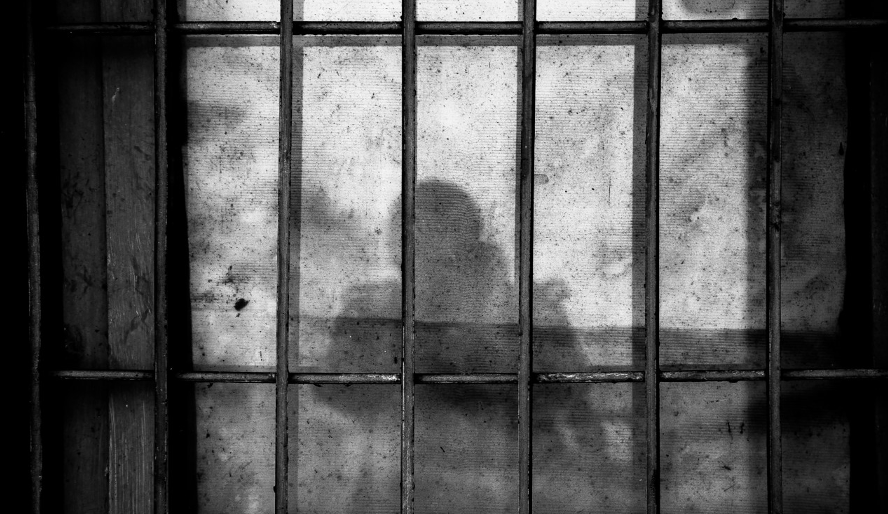By: Regan Jarvis, Staff Writer

The Racketeer Influenced and Corrupt Organizations Act, more commonly referred to as the RICO Act, has become a household name.[1] Most famously, it was used to prosecute John Gotti, the “Teflon Don” and head of the Gambino crime family, but it is also frequently referenced in pop culture.[2] Due to hip-hop artists such as Drake and Meek Mill and popular mob movies, the RICO Act has infiltrated the mainstream media.[3] While the RICO Act may be well known in name, what is less commonly known is the statute’s ability to relax restraints on prosecutors and its use to prosecute minorities at a disproportionate rate.
Since its adoption in 1970 as part of the Organized Crime Control Act, the RICO Act has been the subject of controversy.[4] Originally created to target organized crime, or more specifically, crime families such as La Cosa Nostra, it was criticized for being ethnically charged and was protested by Italian American advocacy groups.[5] Since then, the RICO Act has been used to prosecute business owners, and more controversially, members of street gangs, a practice that is questioned by scholars.[6] Because Congress intended for the RICO Act to apply to criminal enterprises that infiltrate legitimate businesses, its application to street gangs that do not substantially affect interstate commerce could be deemed unconstitutional.[7] Additionally, 86% of street gangs prosecuted under the RICO Act are affiliated with one or more racial minority group.[8]
Not only has the RICO Act arguably been misappropriated, but it is also excessively broad in scope. There are three basic elements the prosecution must prove under the RICO Act: “(1) the defendant must be directly or indirectly employed by or associated with an enterprise; (2) the defendant must have engaged in a pattern of racketeering behavior; and (3) the crimes committed by the defendant must have affected interstate or foreign commerce.”[9] There appears to be a relatively low bar for proving these elements. For example, in U.S. v. Pipkins, the court held that a game of pick-up basketball could be considered “enterprise.”[10] The term pattern has been defined as at least two counts of racketeering activity within a ten-year period.[11]Additionally, there are 35 crimes defined as “racketeering activity” that range anywhere from murder and kidnapping to criminal copyright infringement.[12]
The broad scope of the RICO Act becomes especially problematic when examining the power it allots to prosecutors. The RICO Act may allow the government to seize business assets that are directly or indirectly connected with the defendant at the time of indictment, before the defendant is proven guilty.[13] “The government under RICO is also able to make it more difficult for the accused to wage a defense by, for example, seizing the funds that a defendant would have used to hire an attorney.”[14]
La Cosa Nostra reached their pinnacle in the 1970s and 1980s and was severely weakened and even completely eradicated in some cities by the year 2000.[15] With the RICO Act’s intended target diminished, the need for this type of legislation has greatly decreased. Last year marked the fiftieth anniversary of the RICO Act and it may be time to reevaluate the necessity of such a broad and oppressive statute.
[1] 18 USCS, Pt. I, Ch. 96
[2] https://www.nytimes.com/1992/04/03/nyregion/gotti-guilty-of-murder-and-racketeering.html
[3] https://www.youtube.com/watch?v=EgRrxFsX538
[4] 91 P.L. 452, 84 Stat. 922
[5] https://www.independent.org/pdf/tir/tir_09_1_4_anderson.pdf
[6] https://repository.law.umich.edu/cgi/viewcontent.cgi?article=1025&context=mjrl
[7] Id.
[8] Id.
[9] Id.
[10] U.S. v. Pipkins, 378 F.3d 1281 (11th Cir. 2004).
[11] CRIMINAL LAW: THE CRIME OF ASSOCIATING WITH CRIMINALS? AN ARGUMENT FOR EXTENDING THE REVES “OPERATION OR MANAGEMENT” TEST TO RICO CONSPIRACY, 97 J. Crim. L. & Criminology 1
[12] 18 USCS, Pt. I, Ch. 96
[13] https://www.independent.org/pdf/tir/tir_09_1_4_anderson.pdf
[14] Id.